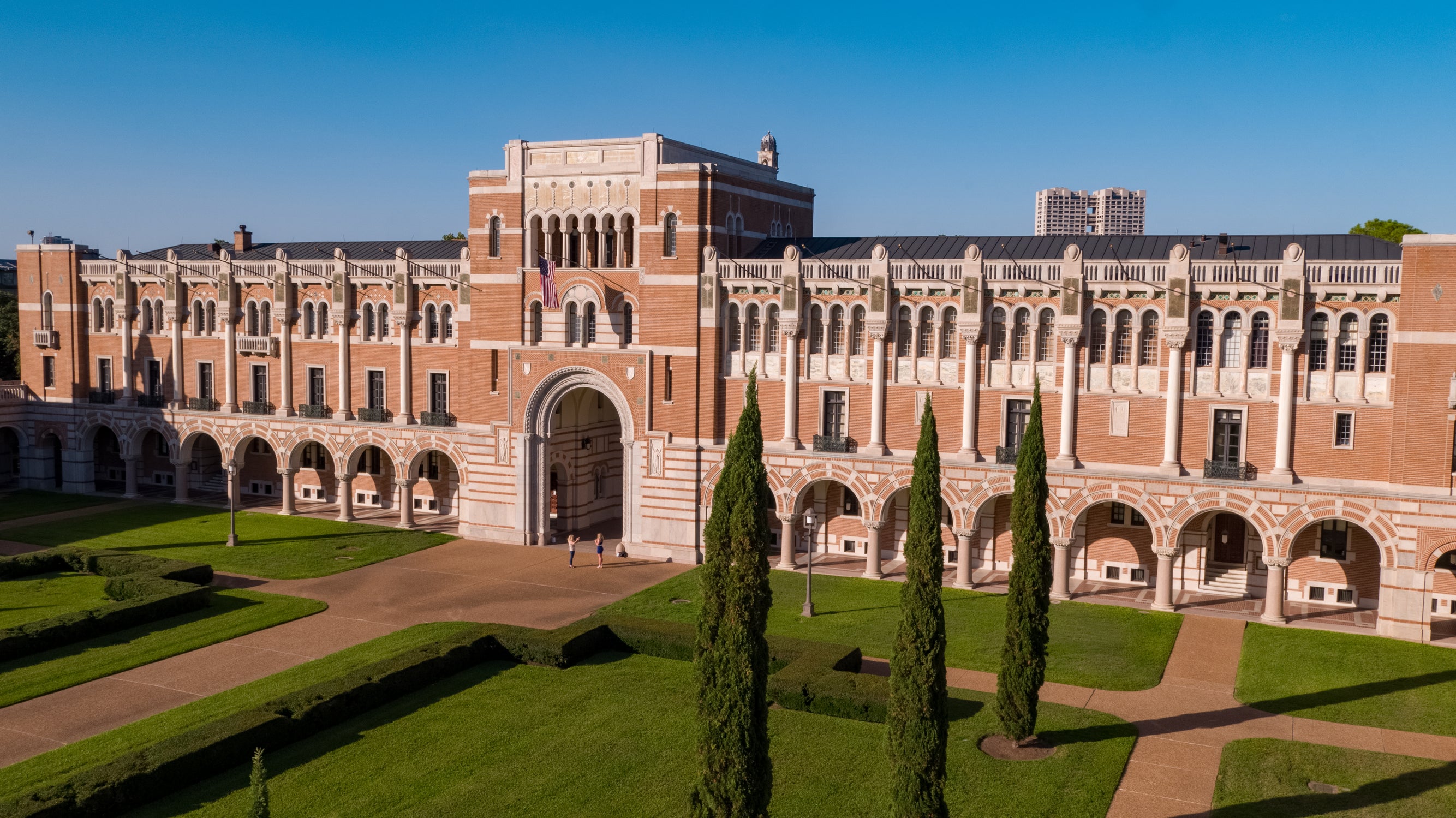Studying abroad provides a great opportunity for long-term immersion in foreign cultures and a unique learning experience different from Taiwan. If one's career plan leans towards academic research or working in foreign companies, applying for a Ph.D. or Master's program overseas can be an excellent option. Below, I share my experience applying for Ph.D. programs in the US and how I chose Rice University as my destination.
Motivation for Ph.D.: Research Interests and Experiencing Foreign Life
During my undergraduate studies, I had a deep interest in understanding the broad-scale wildlife distribution and how environmental and anthropogenic effects drive it. Through reading relevant research papers, exploring research labs, and participating in international conferences both domestically and internationally, I learned that many frontier research in this field are based in universities in Europe and the US. Moreover, these universities are located in places I have never visited, such as Norway, Denmark, and the United States. This fueled my desire to study and do research abroad. As I gathered information about research institutes in Europe and the U.S., I found that most Ph.D. programs are fully funded to cover tuition fees and living expenses, alleviating much of the financial burden. Therefore, I decided to apply for a Ph.D. program.
Application process: Contacting Professors, Preparing Documents, and Understanding Personal Preferences
The application process and required documents for Ph.D. programs in Europe and the US differ. Before preparing my application, I reached out to professors I was interested in, briefly introduced my background and research interests, and inquired about available Ph.D. positions. Unfortunately, I received responses from most professors in Europe explaining the unavailability of Ph.D. positions. Instead, many professors in the U.S. shared the good news about sufficient funding to support Ph.D. students and encouraged me to apply. As a result, I decided to apply for Ph.D. programs in the U.S. and began collecting information on the required application documents and deadlines for various universities. I arranged my schedule accordingly, such as taking the TOEFL and GRE exams, writing a Statement of Purpose and Research Plan tailored to each interested research lab, and contacting professors or collaborating scholars for recommendation letters.
After submitting the paper-based applications, some universities directly offered acceptance, while others proceeded to an interview stage with multiple professors from the research institute. This stage allowed professors to understand the applicants further. Also, it enabled applicants to learn more about the mentoring style of potential advisors, the vibes of lab members and the entire research institute, scholarship opportunities, research resources, and the Ph.D. admission and graduation rates, which are all crucial factors in choosing a school. If there is an opportunity for an in-person interview on campus, it also provides a chance to assess the campus environment, safety, and transportation to see if they align with personal preferences.
Choosing a School and Lab: Mentoring Style, Lab, and University Atmosphere and Resources
After receiving admission offers from different universities, the next step is to decide on the school and research lab. This decision is challenging because it would impact your research life and daily life for the following years. The most critical factors are the mentoring style of the potential advisor, lab members, and activities outside research. The mentoring style of the professor, the number of lab members, and the research topics directly influence the personal research progress, while the required courses and TA duty affect time management. The resources the department and school provide for cultivating professional skills and social activities are also important considerations.
I ultimately chose Rice University for my Ph.D. program based on the advisor's communication style and the diverse atmosphere and resources of the department and university. My advisor maintained regular communication throughout the process, which was fantastic, and ensured my full financial support. The ecology program at Rice prioritizes research, with minimal coursework and teaching assistantship and a low student-to-faculty ratio, providing ample opportunities for individual research development and execution. Regarding daily life, the lab and the Ecology Graduate Student Association regularly organize gatherings where Ph.D. students can enjoy food and drinks, strengthen connections, and have fun. Rice University offers numerous resources, such as a well-stocked library and journal subscriptions to support research, skill development resources (e.g., resume and thesis writing workshops or one-on-one consultations), and well-equipped gyms and health centers for physical and mental well-being.
Additionally, Rice has many international graduate students with diverse backgrounds, creating a lively campus atmosphere. The graduate student association also hosts social and exchange activities periodically, such as cultural nights with various international cuisines and Halloween costume contests. On campus, there is even a graduate-student-run bar for students to socialize and build a diverse experience of studying abroad.
I hope these experiences can be helpful to those interested in applying to graduate schools in the U.S. If you would like to know more about applying to U.S. schools or Rice University's graduate programs, I encourage you to refer to Rice’s graduate blog or contact graduate ambassadors in the field you are interested in for more information.
About the author:
Chia is a current Ph.D. student in the Ecology and Evolutionary Biology program. Read more.
Further Reading:
Why I Chose Rice for Graduate School
Introduction to the International Buddy Program (IBP) at Rice
To Grad School or Not to Grad School: Weighing the Pros and Cons

